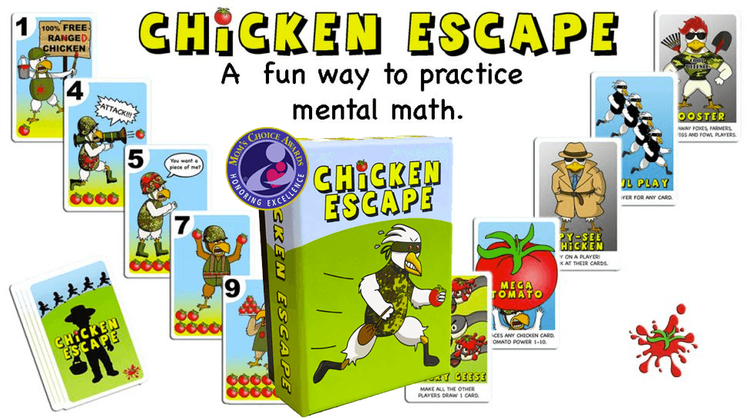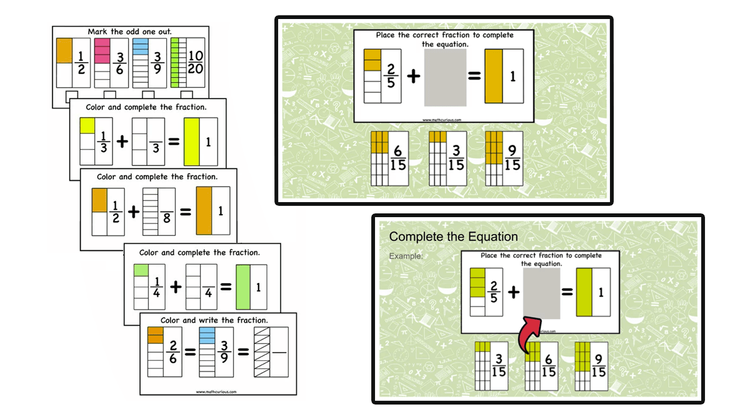What makes fractions challenging for students?
I recently came across a few articles about teaching fractions and realized that educators and parents share the opinion that fractions and their operations are one of the most difficult concepts for students to grasp. Learning the various fraction operations (addition, subtraction, multiplication, division, comparing, simplifying) can be hard for many students. I believe that this is due to the way some students are taught fractions. Gaining a conceptual understanding of fractions early on with visual models is critical. Moreover, fraction operations require very good skills in division and multiplication. Students are expected to have mastered their multiplication and division facts before they dive into fraction operations.
There are many rules regarding fraction operations that students need to keep in mind.
- When adding fractions with common denominators students need to add the numerators and use the common denominator.
- When they add or subtract fractions with different denominators they need to find a common denominator by using the least common multiple of the denominators and convert all the addends to have this common denominator.
- When it comes to finding equivalent fractions students need to multiply or divide both the numerator and denominator with the same number.
- When you have to convert fractions to decimals students often need to use long division.
To avoid students memorizing rules like “ magic tricks” to come up with the answers and then forgetting or misremembering them it is important to help them understand where these rules come from. Teachers need to provide visual models and manipulatives so that students internalize the meaning of fractions and their operations.
The concept of fractions appears as early as Kindergarten and grade 1 and that’s when students should gain a conceptual understanding of what fraction means by seeing fractions as part of shapes divided into equal parts. Then they move on to fractions of a group or set. It is important that students spend some time splitting and coloring parts of shapes to understand and visualize and fractions as part of a whole. Working with fraction bars, fraction circles, and more visual models is necessary for understanding the concepts.
These are some ideas for manipulatives that students can use. You can teach and practice fractions using
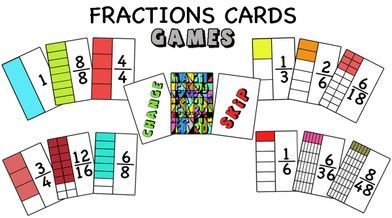
Fraction cards as visuals and games
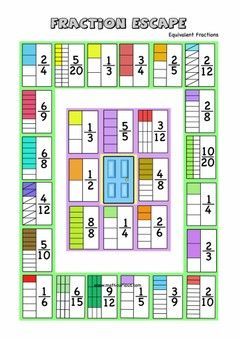
Fraction escape (equivalent fractions)
Here are some great tools you can buy or make yourself to practice fractions.
fraction bars DIY (students can make their own with smaller given strips)
legos (stacking)
Once they are comfortable and familiar with fractions students will be able to understand the rules for fraction operations better. Even then, is very important that students are provided visuals of what addition, subtraction or multiplication of fractions means. They need to solve a lot of problems with visual models and if possible to come up with the rules themselves. This way a rule will make sense to them and they will not forget it easily.
For example, why do we need to multiply both the numerator and the denominator to find an equivalent fraction? The part of the whole is not changing but is split into more pieces. So the pieces are now smaller and there’s more of them. The part of the whole as well as the whole is cut in more and smaller parts. Students need to look at many visual examples in order to understand why we need to multiply or divide both the numerator and the denominator. Once they realize and internalize the concept they will always remember how to apply the rule.
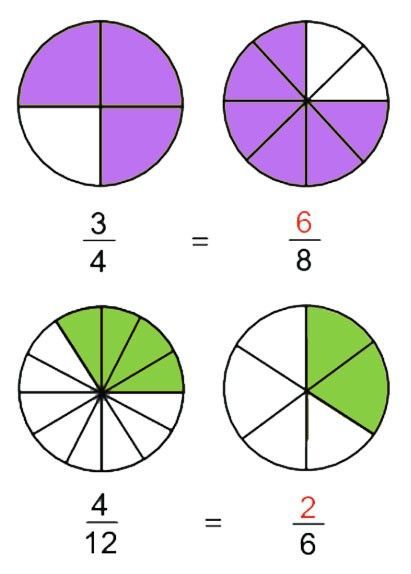
Textbooks often have a few examples of visual problems and teachers can create their own. There are also many videos online that present these concepts in very attractive ways, as well as digital applications-games that allow students to easily manipulate shapes and understand better.
These are our favorite applications on App Store for learning and practicing fractions.
Fractions by The math Learning Centre
Here are some of our favorite videos for learning fractions
Adding and subtracting fractions
Moreover solving problems with fraction operations requires good multiplication and division skills. Therefore it is necessary that the students conquer those skills before diving into fraction operations. Getting comfortable with multiplication and division facts will help students see number relations and solve fraction problems.
Here are some worksheets to practice fractions with your students.

